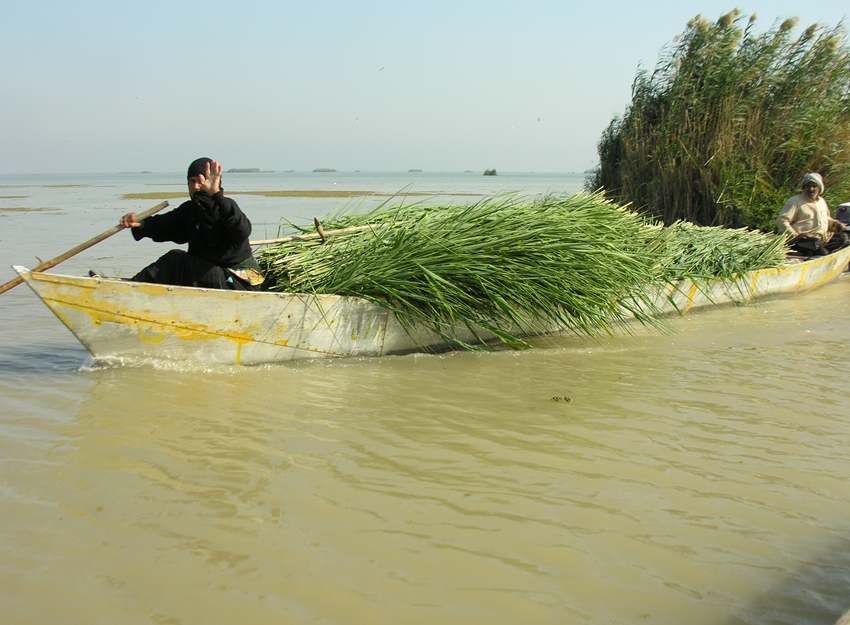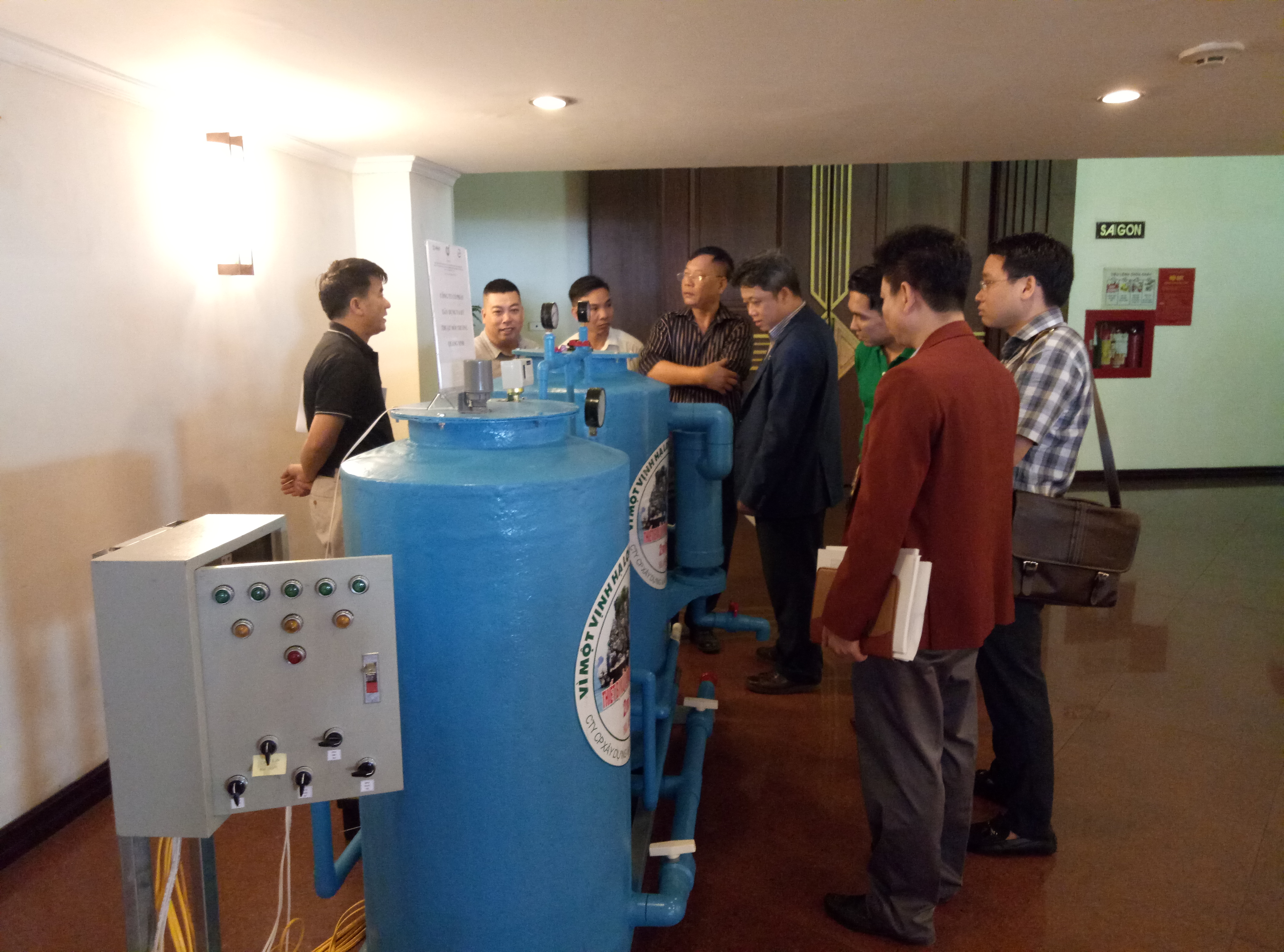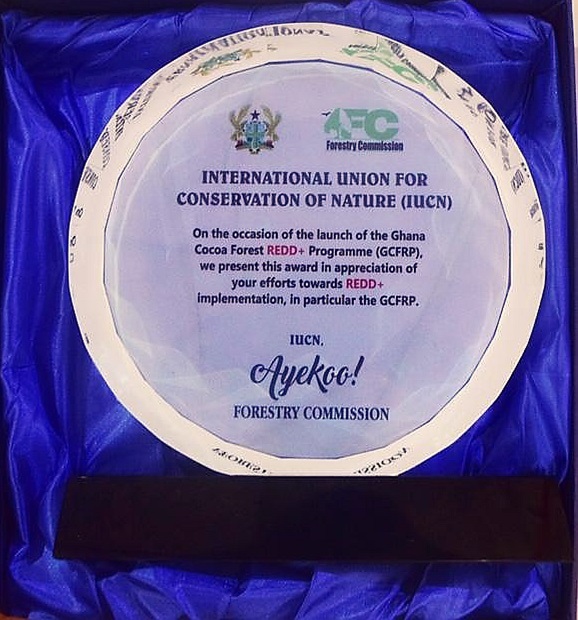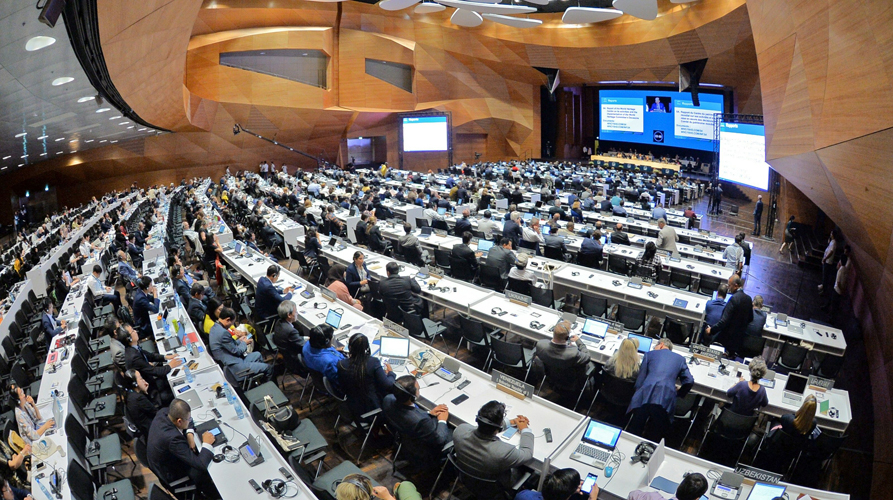Close ties between water and culture highlighted at World Heritage meeting
Water is at the heart of human existence and development. But how do people manage this precious resource in arid landscapes, such as in the Arab region? What cultural practices have developed over time in wetlands to support communities’ water needs? These questions were at the heart of two side events highlighting the importance of traditions and cultural heritage in globally significant wetlands, during the World Heritage Committee meeting in Bahrain.

The Ahwar of Southern Iraq: Refuge of Biodiversity and the Relict Landscape of the Mesopotamian Cities
Photo: IUCN / Faisal Abu-Izzeddin
The events were held under the umbrella topic ‘Heritage of Water’ and were organised by the Arab Regional Centre for World Heritage (ARC-WH) and partners.
The first event, “Traditional Water Systems in the Arab World” organised in cooperation with the Traditional Knowledge Research Centre IPOGEA and the International Council on Monuments and Sites (ICOMOS), launched a permanent exhibition on oasis landscapes.
More than 60% of the Arab region is covered by arid landscapes. In oases, traditional knowledge and ancestral know-how are transmitted from generation to generation. The exhibition shows how humans live in harmony with their harsh environments and how closely their culture is linked with the nature around them.
The second event, “Heritage of Water: Cultural Practices in Wetlands and World Heritage Sites” held in collaboration with IUCN and the African World Heritage Fund, highlighted the role of cultural heritage in water-dependent areas, such as lands close to seas, lakes and rivers. It explained how the customs, traditions and ways of life people in those areas are linked with their environment.
International heritage expert Dave Pritchard spoke on the 1971 Ramsar Convention on Wetlands of International Importance. Some 2,000 wetlands are protected by the Ramsar Convention, and some of them are also World Heritage sites. He explained that wetlands foster a positive relationship between local communities and nature, as these areas support their livelihoods in many ways.
Tarek Abulhawa, expert on World Heritage in the Arab region and a member of IUCN’s World Heritage Panel, presented the outcomes of a report, “Rapid cultural inventories of wetlands in Arab states”. Prepared by Ramsar Secretariat in collaboration with TABE’A – a joint programme between IUCN and ARC-WH, it documents 18 sites in six countries including Egypt, Mauritania and Yemen. It calls for joint efforts to preserve cultural heritage in the Arab region’s wetlands, recalling that past and present civilisations have centred around areas providing water resources.
TABE’A Programme projects coordinator Mudhafar Salim talked about the Ahwar of Southern Iraq, inscribed as a mixed World Heritage site. The site is located in the marshy delta of the Tigris and Euphrates rivers, where different civilizations have flourished over centuries. Some practices still evident in the Ahwar today take their roots from the Sumerian civilization, dating from the 3rd and 2nd century BC.
Souayibou Varissou, Acting Director of the African Fund for World Heritage Fund, presented valuable information about the lakeside city of Ganvie in the African Republic of Benin. The city evolved over four centuries and originated as a refuge for the locals during the slave trade in Africa.
IUCN’s Youssouph Diedhiou addressed sustainable development in wetlands, with Djoudj National Park in Senegal as an example. He stressed the importance of preserving natural resources in wetlands as they form food sources for humans and animals residing in them. In Djoudj National Park, measure for conserving natural resources is resulting in improved living standards for the local population.



